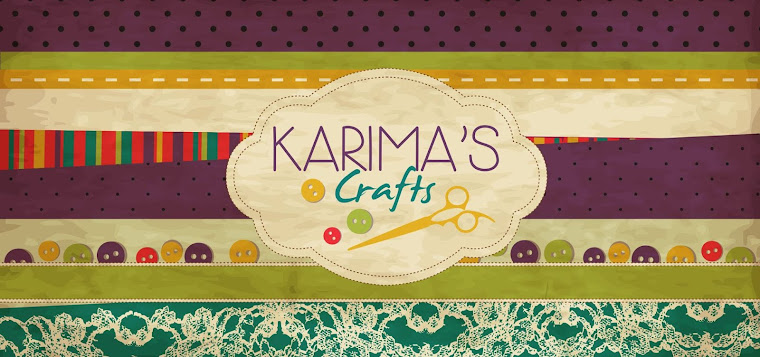I recently made a lovely felt flower for a blogger friend of mine. We decided to do an Eid Gift Swap with a theme of 'handmade'. So I decided to make a felt flower brooch as one of the gifts. This is a really easy item to make and could be made from other fabrics not only felt!
I used the technique of hand sewing to make this, as this is the most easiest option for everyone to have a go. You could also do the same design using a hot glue gun, but not everyone has one of them so I decided to do the hand sewing technique for my blog post.
Requirements:
- Felt (or other fabric) One colour or a mixture.
- Needle and Thread
- Metal Clip or fastener / safety pin
- (Glue Gun - optional)
Step 1: Using a lid (you can use any circle) draw 6 circles from your fabric - all the same size.
Step 2: Fold one circle in half and then in half again. Secure this to make sure it stays folded with a few stitches in the bottom corner. (If using glue gun, then secure the folds with glue at the bottom.
Step 3: Secure the folded circle onto another full circle of fabric.
Step 4: Repeat Step 2 and 3 another 3 times, so that you have 4 folded circles placed in the centre of one of the other circles.
Step 5: Repeat step 2 and 3 again with the last circle and place this into the very centre of the other folded circles. You now have 5 folded circles hand stitched securely onto one circle. (or glued on!)
Step 6: Now turn the flower over and secure, glue or hand stitch a clip/fastener onto the back piece.
Step 7: You now have your felt flower brooch! You can now proudly wear this as an accessory.
PS: You could also use this as a hairband, by attaching a bobble onto the back instead of a clip. Or attach to some fabric and make a stylish bracelet or headband!
I will do a blog post shortly talking about the 'Eid Swap Gift', Insha'Allah.










